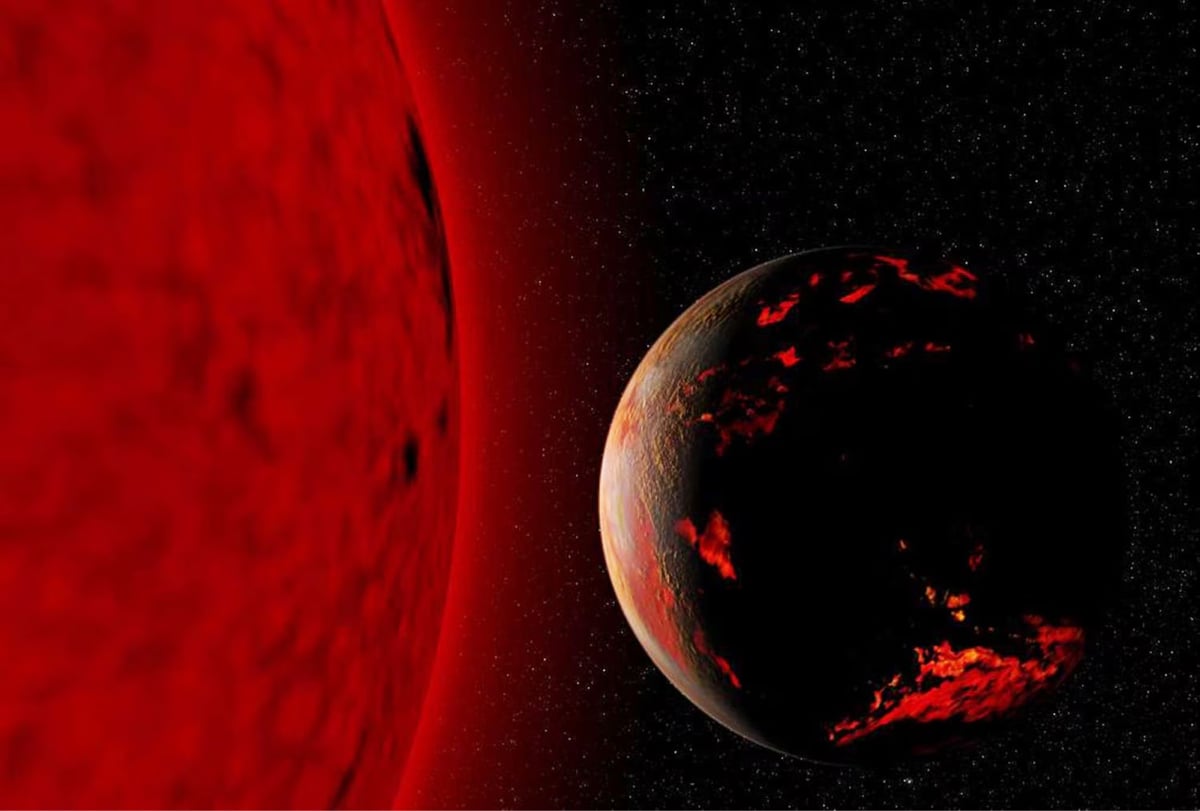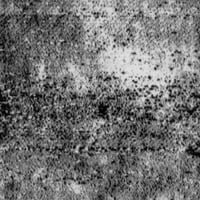What Does Our Far Future Look Like?

Ross Anderson and I share a favorite web page, Wikipedia’s Timeline of the Far Future, which he wrote about for the Atlantic: For How Much Longer Can Life Continue on This Troubled Planet?
Like the best sci-fi world building, the Timeline of the Far Future can give you a key bump of the sublime. It reminds you that even the sturdiest-seeming features of our world are ephemeral, that in 1,100 years, Earth’s axis will point to a new North Star. In 250,000 years, an undersea volcano will pop up in the Pacific, adding an extra island to Hawaii. In the 1 million years that the Great Pyramid will take to erode, the sun will travel only about 1/200th of its orbit around the Milky Way, but in doing so, it will move into a new field of stars. Our current constellations will go all wobbly in the sky and then vanish.
Some aspects of the timeline are more certain than others. We know that most animals will look different 10 million years from now. We know that the continents will slowly drift together to form a new Pangaea. Africa will slam into Eurasia, sealing off the Mediterranean basin and raising a new Himalaya-like range across France, Italy, and Spain. In 400 million years, Saturn will have lost its rings. Earth will have replenished its fossil fuels. Our planet will also likely have sustained at least one mass-extinction-triggering impact, unless its inhabitants have learned to divert asteroids.
I wrote about the timeline back in 2012 (and again in 2017 & 2019).
The timeline of the far future article is far from the longest page on Wikipedia, but it might take you several hours to get through because it contains so many enticing detours. What’s Pangaea Ultima? Oooh, Roche limit! The Degenerate Era, Poincar’e recurrence time, the Big Rip scenario, the cosmic light horizon, the list goes on and on.





Comments 0
Hello! In order to comment or fave, you need to be a current kottke.org member. If you'd like to sign up for a membership to support the site and join the conversation, you can explore your options here.
Existing members can sign in here. If you're a former member, you can renew your membership.
Note: If you are a member and tried to log in, it didn't work, and now you're stuck in a neverending login loop of death, try disabling any ad blockers or extensions that you have installed on your browser...sometimes they can interfere with the Memberful links. Still having trouble? Email me!
In order to comment or fave, you need to be a current kottke.org member. Check out your options for renewal.
This is the name that'll be displayed next to comments you make on kottke.org; your email will not be displayed publicly. I'd encourage you to use your real name (or at least your first name and last initial) but you can also pick something that you go by when you participate in communities online. Choose something durable and reasonably unique (not "Me" or "anon"). Please don't change this often. No impersonation.
Note: I'm letting folks change their display names because the membership service that kottke.org uses collects full names and I thought some people might not want their names displayed publicly here. If it gets abused, I might disable this feature.
If you feel like this comment goes against the grain of the community guidelines or is otherwise inappropriate, please let me know and I will take a look at it.
Hello! In order to leave a comment, you need to be a current kottke.org member. If you'd like to sign up for a membership to support the site and join the conversation, you can explore your options here.
Existing members can sign in here. If you're a former member, you can renew your membership.
Note: If you are a member and tried to log in, it didn't work, and now you're stuck in a neverending login loop of death, try disabling any ad blockers or extensions that you have installed on your browser...sometimes they can interfere with the Memberful links. Still having trouble? Email me!